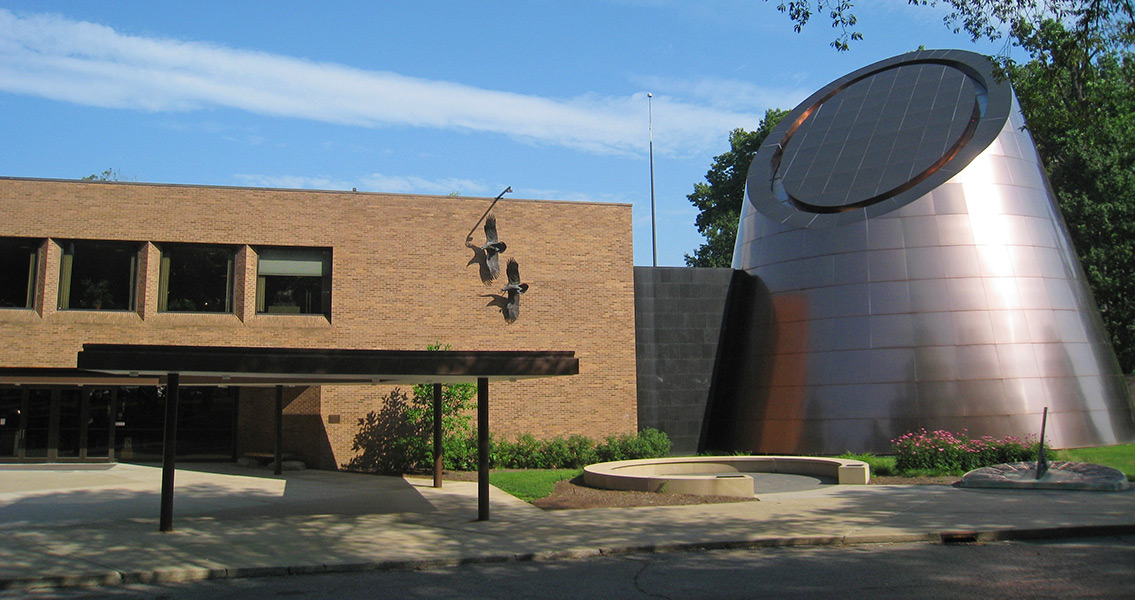<![CDATA[The remains of a 4,000 year old home have been discovered by an excavation team fielded by the Cleveland Museum of Natural History in Sheffield, a town located in Lorain County in Ohio. The team, led by the museum’s archaeology curator Dr. Brian Redmond, were conducting a thorough grid search of former farmland that has since been incorporated into the Lorain County Metroparks system when the find was discovered. The archaeologist has yet to announce the exact location of the dig site in Sheffield, amid concerns over illegal excavations and vandalism of the site, but he did reveal that native artifacts such as arrowheads had been dug up nearby by farmers plowing the fields in the past. The foundation of the house itself bears telltale marks that tell the story of those that once lived there. While there’s no way of knowing much about the language the inhabitants spoke or what they would have called themselves, as archaeological records have only been able to reveal the existence of indigenous habitation in the US during what scientists call the Late Archaic period, Dr. Redmond described how the home would have appeared when it was first built. The floor itself is around three inches thick and composed of clay carried in from local sources. It featured basins and storage areas for cooking and keeping food sources like hickory nuts safe for extended periods of time, and the archaeologist says that there’s evidence of what had once been post holes at the corners where hickory saplings would have been anchored; these saplings would have been lashed together to form a canopy over the heads of the family like a wigwam. The floor itself was likely cushioned by reeds made of cattail, added Dr. Redmond, remarking that the dwelling was likely to have been a long-term one – and rather comfortable by Late Archaic period standards. According to an interview with the archaeologist on Cleveland.com, the family who once occupied this site would spend the fall and winter in the shelter every year or every few years before migrating back to the southeast where they originated. Hunter-gatherers, the primary source of food for the family was likely to have been deer, as there was a large quantity of butchered deer bones found within and nearby the residence, though the family would have also eaten fish from local water sources and other small game like muskrats and squirrels. Dr. Redmond says that there were people living in the region for a span of around 200 to 300 years, at a time when mound-building, pottery, and other cultural developments were still some 2,000 years away. The dig will continue over the course of several weekends this summer, weather permitting. Dr. Redmond says that once all that can be learned from the site has been collected and documented, it will be protected by sheets of plastic and re-buried to preserve it for further study in the future. Image courtesy of Wikimedia Commons user: Daderot]]>
Remains of 4,000 Year Old Home Unearthed in Ohio
